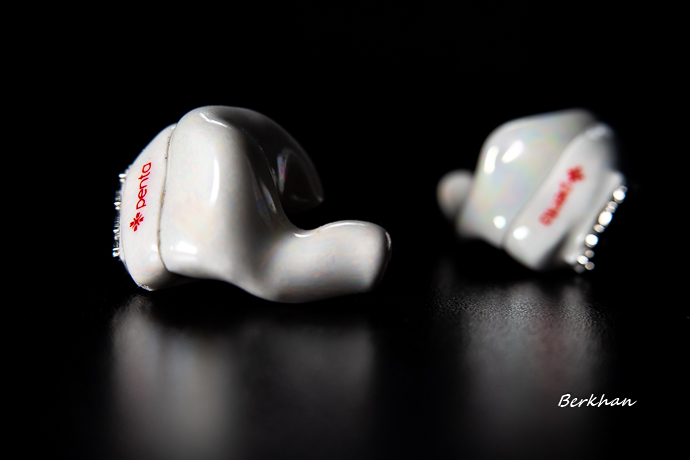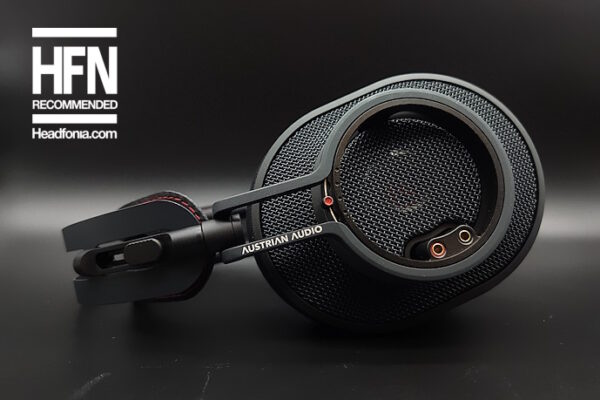Sound
[responsivevoice_button]
The FR Response graph of the Penta shows you that this is a neutral and flat sounding IEM right from the start. And indeed, my testing sessions proved this case to be true. The Wavaya Penta sounds neutral and linear with a reference tuning, giving everything with the same quantity without sounding very dull or aggressive, thanks to its satisfying tonality and overall control. Let me explain in my usual breakdown below.
Bass
The Penta’s bass response is somewhat shy and subtle when it comes to giving rumble and kick. Therefore you shouldn’t expect a big bass response from this CIEM. It instead is on the reference side of things, giving a very flat bass response. The hits splash from the middle of the stage without much dispersion.
As I said, the rumble is very subtle so if you’re looking for a warm, dense and full bodied CIEM, this certainly isn’t your thing. Surprisingly enough, the bass has good resolution and texture with certain recordings that have dominant bass notes. Lows have great control and tightness as well. There’s not much depth in those notes though, making this CIEM somewhat genre-specific in a certain way.
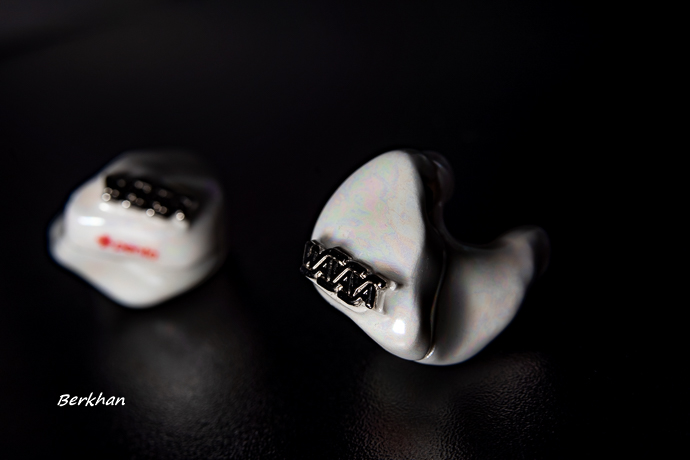
Wavaya Penta
However in its own overall sound reproduction, the Penta stays truthful in terms of bass. If you want to tune a C/IEM like this to sound linear and flat, you don’t add a big bass in the mix. That just won’t work and actually it would be quite worse in terms of coherency. So I totally understand Wavaya’s point of view with this model.
Mids
I found the mids to be quite successful with the Penta. The tonality gives a very good impression in particular. I liked listening to violin, classic guitar and saxophone with the Penta is it provides a very natural and life-like timbre. I think this is one of the strongest treats of this CIEM and I also think that it needs to be highlighted together with its EST drivers. The Penta is not all about treble, it’s also all about its tonality.
So overall I think they put up a very nice job tuning those BA drivers for mid frequencies. The vocals are also very satisfying in terms of tonality, both male and female vocals are given into your ears in an ear-pleasing and natural way. Mids don’t dominate the sound though, despite being the focal point with some Vocal Jazz songs (naturally). Since the frequency response is even until 8K, the whole sound of the Penta feels unaltered and very flat. So the mids are also very controlled from that standpoint.
If the recording has a forward vocal input, you’ll hear forward vocals. If they’re recessed, you’ll hear them recessed. Penta does a very good job from that perspective, adding nothing extra but taking away nothing either. Not to mention that very nice, ear pleasing timbre.
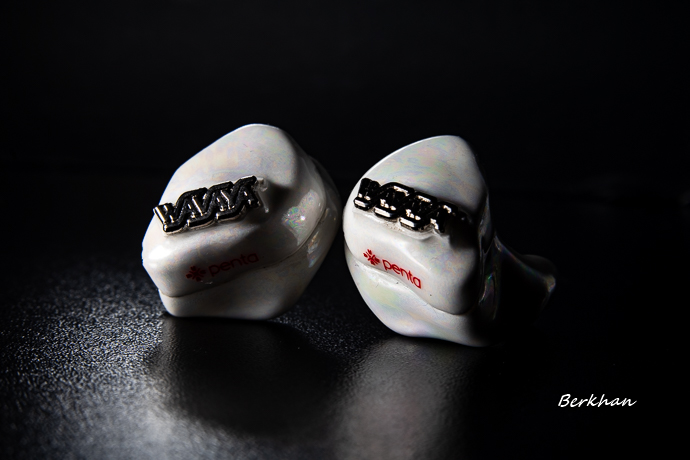
Wavaya Penta
Treble
You might think that the Penta has an aggressive, or rather distinctive treble response overall. However that is not the case. Once again, there’s no addition here, you hear what the recording gives you. Sure, the EST drivers give something that the ordinary BAs don’t offer, but the overall response is not too accentuated.
Penta gives its treble in a relaxed and even a forgiving way. In fact, I will go as far as to say that the Penta has a thick treble response. It’s flat sounding CIEM, but not a bright one. The treble is not too apparent so once again we see a very balanced, consistent approach here. There isn’t any additional boost or extra sauce, you just hear what the recording provides you.
Highs have good articulation and detail. The extension is very good as well. Hence there’s nothing left on the table regarding these two important aspects. However I expected more clarity and air in the treble region, but the Penta gives them rather thick and dark somehow. The shimmer you look for is not quite there. I personally expected a more sparkling treble but the Penta offers a different flavor. This is not necessarily bad at all since the treble has good quality in other aspects. Maybe this is caused by the tubeless outlet design. The porcelain shell is possibly a factor here.
Technical Performance
The Penta has a very good separation, especially in the mid range, where it really shines with its good positioning and stereo imaging. The sound-stage is not too wide, so horizontally you don’t have big spaces. The depth is fairly good but that is not the Penta’s strongest suit either. This also would change with your source selections, but the sure thing is that the Penta is not the best CIEM when it comes to sound-stage magnitude. But again, it gives what the recording gives you. If the song has good sound-stage, you will still have a good sound-stage.
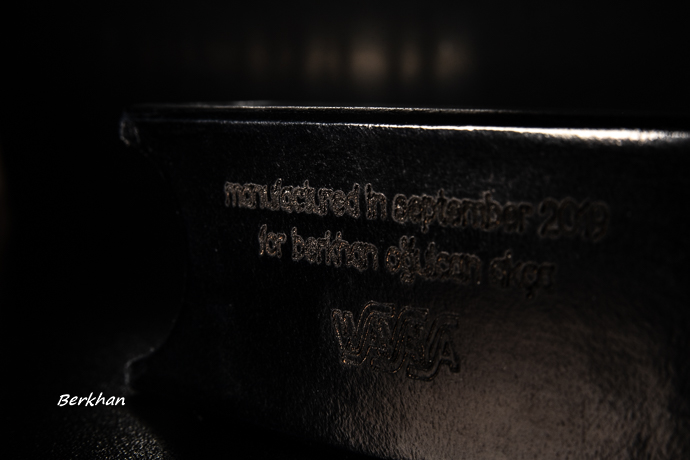
Wavaya Penta
As I said in the mids section, the timbre is very natural and euphonic. The Penta shines with good recordings where you have rich vocals and instruments in the song. In fact, the mid-range is the best part of the Penta in my opinion, compared to the treble region where you have EST drivers installed.
The Penta is also quite good when it comes to picking up details in the recording. It has a very black background so positioning and detail retrieval is very good. Overall resolution is successful for this price range as well. Regarding the transparency, the Penta puts up a nice performance in bass and mids, but I found the treble transparency improvable in terms of shimmer and spark.
Continue to sources, comparisons and conclusion on PAGE 5.





